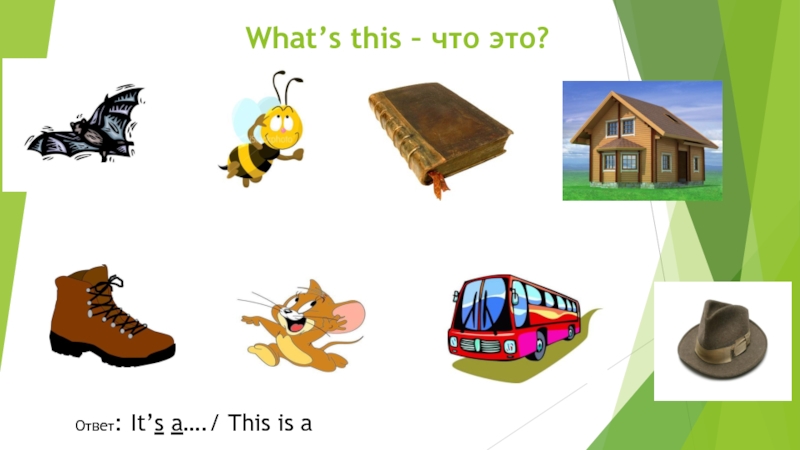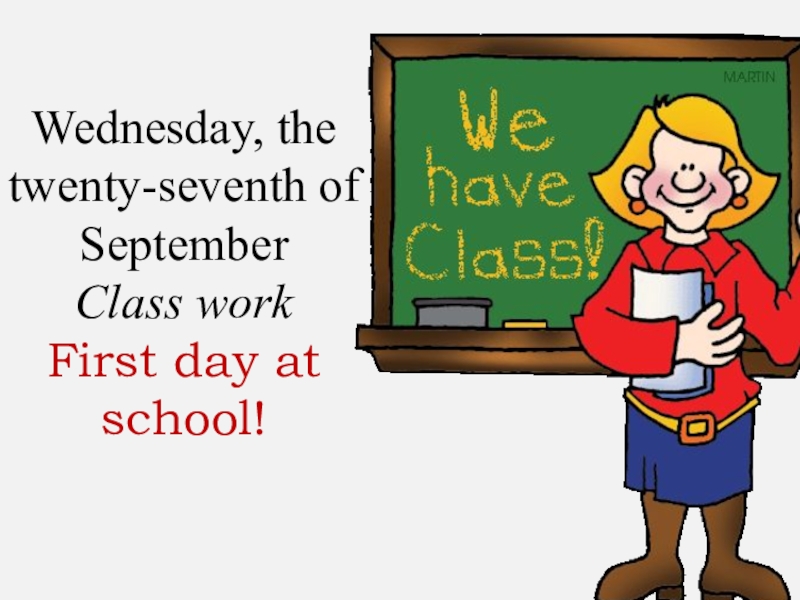- Главная
- Разное
- Образование
- Спорт
- Естествознание
- Природоведение
- Религиоведение
- Французский язык
- Черчение
- Английский язык
- Астрономия
- Алгебра
- Биология
- География
- Геометрия
- Детские презентации
- Информатика
- История
- Литература
- Математика
- Музыка
- МХК
- Немецкий язык
- ОБЖ
- Обществознание
- Окружающий мир
- Педагогика
- Русский язык
- Технология
- Физика
- Философия
- Химия
- Шаблоны, фоны, картинки для презентаций
- Экология
- Экономика
Презентация, доклад по английскому языку на тему Молодежные субкультуры (10 класс)
Содержание
- 1. Презентация по английскому языку на тему Молодежные субкультуры (10 класс)
- 2. LESSON OUTLINEWarming up (7 minutes)Aims of the
- 3. What does youth subculture mean?Do youth subcultures
- 4. QUIZ: GUESS THE SUBCULTURE
- 5. Toy girls
- 6. Goths
- 7. Skinheads
- 8. Dandys / Flappers
- 9. Greasers
- 10. New Romantic / Glam Rock
- 11. Gangsta
- 12. Rockers
- 13. Geek Chic
- 14. Punks
- 15. Emo
- 16. Grunge
- 17. Hippies
- 18. THE GOALS OF THE LESSONare to all
- 19. THE OBJECTIVES OF THE
- 20. Expectations: students are expected to
- 21. 7 Principles of Public Speaking 1) Purpose
- 22. 2) People Who is the
- 23. 3) Place Why are you speaking
- 24. 4) Planning Is there a natural
- 25. 5) Preparation Where and how can
- 26. 6) Personality How does one become
- 27. 7) Performance What form of delivery
- 28. RULES FOR GIVING PRESENTATIONDo: Talk Stand Move around the room Use
- 29. RULES FOR GIVING PRESENTATIONDon’t:
- 30. DEBATE “Youth subcultures help to develop
- 31. What is Debate?Debate centers on the discussion
- 32. A good debater:respects different opinions;is tolerant of
- 33. Order of Events (discussion)
- 34. Home assignment To write… and tell
LESSON OUTLINEWarming up (7 minutes)Aims of the lesson (3 minutes)Students’ presentations (2#10 minutes) and discussion (2# 5 minutes)Relaxation: music break (5 minutes)Debate: “Youth subcultures help to develop the personality of young men and the society in
Слайд 2LESSON OUTLINE
Warming up (7 minutes)
Aims of the lesson (3 minutes)
Students’ presentations
(2#10 minutes) and discussion (2# 5 minutes)
Relaxation: music break (5 minutes)
Debate: “Youth subcultures help to develop the personality of young men and the society in whole ” (30 minutes)
Home assignment (2 minutes)
Assessment and Evaluation (5 minutes)
Summarizing (3 minutes)
Relaxation: music break (5 minutes)
Debate: “Youth subcultures help to develop the personality of young men and the society in whole ” (30 minutes)
Home assignment (2 minutes)
Assessment and Evaluation (5 minutes)
Summarizing (3 minutes)
Слайд 3
What does youth subculture mean?
Do youth subcultures serve any purpose?
Is
class important in youth subcultures?
What makes one youth subcultures different from another?
Are you a member of any youth subculture? Which one? Explain your choice.
What makes one youth subcultures different from another?
Are you a member of any youth subculture? Which one? Explain your choice.
Слайд 18THE GOALS OF THE LESSON
are to all students the opportunity to:
1)
Gain a thorough and varied insight into issues, concepts, and writings that constitute the central themes of youth subculture.
2) Develop an ability to utilize various research methods and writing techniques in order to conduct a research.
3) Draw on different media and textual resources for written and oral work.
4) Contrast personal experience with existing research and connect those experiences with wider sociological debates.
2) Develop an ability to utilize various research methods and writing techniques in order to conduct a research.
3) Draw on different media and textual resources for written and oral work.
4) Contrast personal experience with existing research and connect those experiences with wider sociological debates.
Слайд 19THE OBJECTIVES OF THE
LESSON
To develop speaking skills - fluency/accuracy practice/ consolidating recently taught language.
To promote interest in the culture.
To create a comfortable atmosphere where students are not afraid to speak and enjoy communicating
Слайд 20Expectations:
students are expected to complete all assigned
homework, and to come to class prepared to engage thoughtfully and respectfully in class activities and discussion
Слайд 217 Principles of Public Speaking
1) Purpose
Understand your purpose and
your role. In other words, what are the presentation’s objectives?
Is it to motivate, inform, persuade, teach?
Also, clarify the role you as the presenter are performing.
Are you there to coach, advocate, teach, etc.?
Is it to motivate, inform, persuade, teach?
Also, clarify the role you as the presenter are performing.
Are you there to coach, advocate, teach, etc.?
Слайд 222) People
Who is the audience?
How do the characteristics, skills, backgrounds, opinions and behaviors of the audience affect your presentation?
What do you want them to feel or think after your presentation?
What do you want them to feel or think after your presentation?
Слайд 233) Place
Why are you speaking to this audience now
and in this place?
Are there any logistical concerns you should keep in mind regarding the place in which you are presenting?
Are there any logistical concerns you should keep in mind regarding the place in which you are presenting?
Слайд 244) Planning
Is there a natural order to the ideas
and the information you will use?
What is the most effective way to organize the presentation to accomplish its purpose?
What is the most effective way to organize the presentation to accomplish its purpose?
Слайд 255) Preparation
Where and how can you find good ideas
and information for your speech?
What kind of supporting materials do you need?
What kind of supporting materials do you need?
Слайд 266) Personality
How does one become associated with the message
of the presentation in a positive way?
What can one do to demonstrate competence, charisma and character to the audience?
What can one do to demonstrate competence, charisma and character to the audience?
Слайд 277) Performance
What form of delivery is best suited to
the purpose of the speech?
What delivery techniques will make the presentation more effective?
What delivery techniques will make the presentation more effective?
Слайд 28RULES FOR GIVING PRESENTATION
Do:
Talk
Stand
Move around the room
Use visual aids: OHP, flipcharts,
pictures, etc.
Vary the pitch of your voice
Speak loudly and clearly
Make eye contact with the audience
Focus on your main points
Start and finish your presentation on time
Summarize your main points at the beginning and end
Be aware of the audience and try to respond to their needs
Vary the pitch of your voice
Speak loudly and clearly
Make eye contact with the audience
Focus on your main points
Start and finish your presentation on time
Summarize your main points at the beginning and end
Be aware of the audience and try to respond to their needs
Слайд 29RULES FOR GIVING PRESENTATION
Don’t:
Read
Sit
Stand still
Just talk about your topic
Speak in a monotone
Mumble at your notes
Stare at your notes
Get lost in details
Be self-indulgent
Try to reinvent the wheel
Let them forget, or be confused later.
Слайд 30DEBATE
“Youth subcultures help to develop the personality of young
men and the society in whole”
Debate is an essential activity in democratic society.
Debating is a powerful way to develop skills in critical thinking and expression.
Debate is an essential activity in democratic society.
Debating is a powerful way to develop skills in critical thinking and expression.
Слайд 31What is Debate?
Debate centers on the discussion of a RESOLUTION.
The AFFIRMATIVE
side argues in support of the resolution - they argue in for the proposed idea.
The NEGATIVE side argues against the resolution - they argue for anything but the proposed idea.
The NEGATIVE side argues against the resolution - they argue for anything but the proposed idea.
Слайд 32A good debater:
respects different opinions;
is tolerant of people with whom he
disagrees;
looks at opposing viewpoint;
researches the issue he will debate;
expresses and tests his arguments;
learns to use reasons to challenge others;
attacks arguments not personalities;
is an active citizen of his country.
looks at opposing viewpoint;
researches the issue he will debate;
expresses and tests his arguments;
learns to use reasons to challenge others;
attacks arguments not personalities;
is an active citizen of his country.
Слайд 34Home assignment
To write… and tell about our lesson.
an e-mail
a
personal letter (an informal letter)
an article to the school newspaper (a formal letter)
an article to the school newspaper (a formal letter)







































